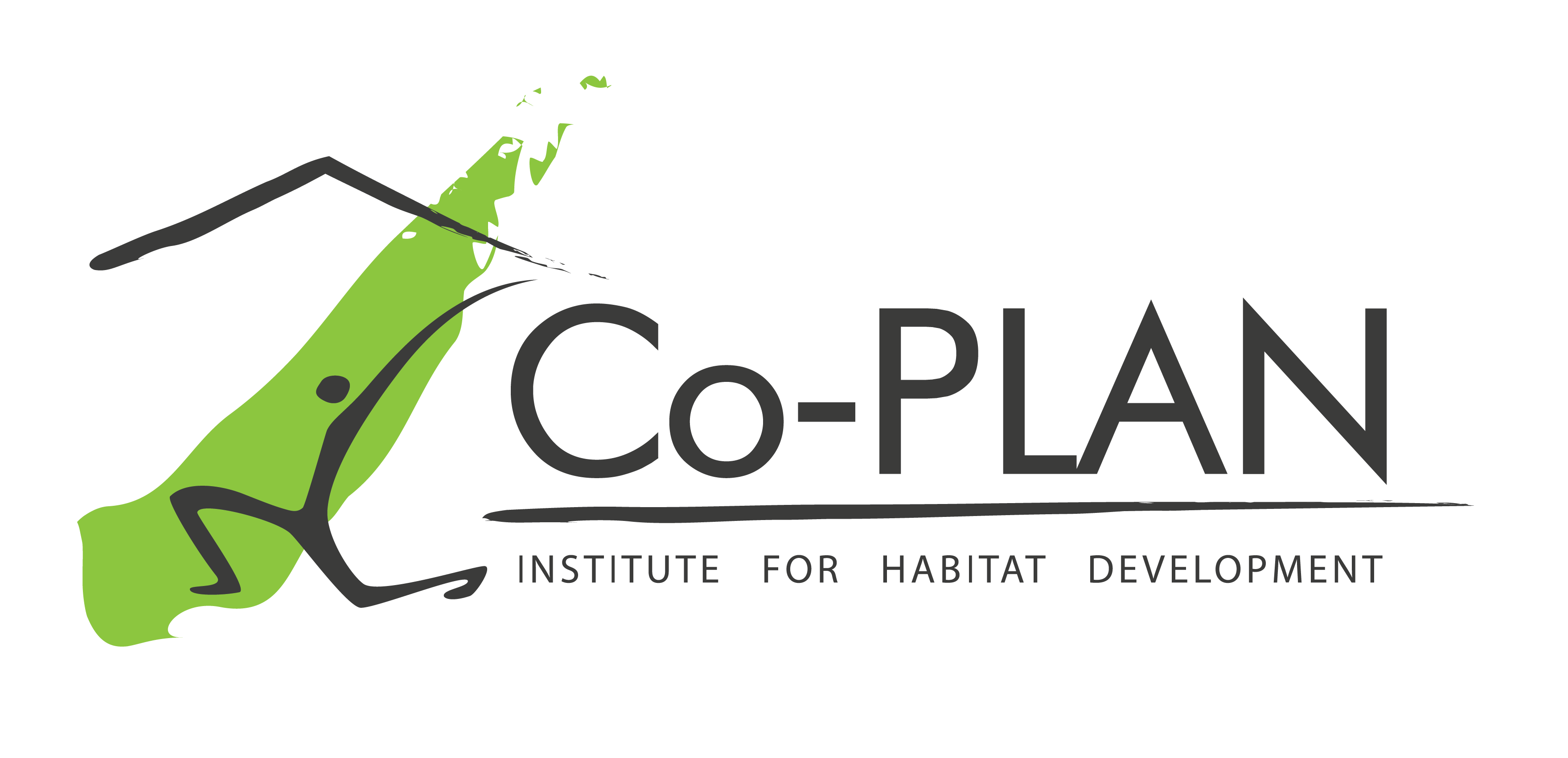Challenges of Regional Development in Albania
Read full article here: Challenges of Regional Development in Albania
Annual Review of Territorial Governance in Albania, I, 2018, Page 08-23;
Fiona Imami, Anila Bejko (Gjika), Dritan Shutina
Summary
In practice, regional and territorial development is driven by various motivations and policy objectives. Being a context specific process, there is no ‘one size fits all’ process or method. Though approached differently in terms of territorial and institutional set-up, regional development is mainly used as an instrument to address issues of economic and social imbalances.
Affected by the difficulty of undertaking regional development reforms to balance domestic needs, policies prescribed by EU accession requirements, and a lack of capacity, regional development reform in Albania is hampered by the uncertainty and indecision of governments to undertake only a socio-economic development reform, or a governmental administrative reform as well.
The discussion of regional development has been on and off several times in the last sixteen years. There are still uncertainties about the choice between regional development policy (which aims to ensure the proper funding/resource allocation and priority setting for socio-economic development) and regionalisation (with the goal to decentralise/deconcentrate policy making and service provision to the regional level). Both policy options, in their essence, intend to improve the quality of life of citizens. As such, this paper argues that these policy options are not mutually exclusive. On the contrary, regional development policy, if implemented successfully, can pave the way for further decentralising/deconcentrating governance at regional level.
This paper first describes the processes that have taken place so far with regards to regional development and its policy implications. Considering the current state of development and the EU integration process, the paper argues for the need to complete and implement the on-going Regional Development Reform by focusing on two main directions: institutional set-up and resource allocation on the one hand, and the governance model on the other.
